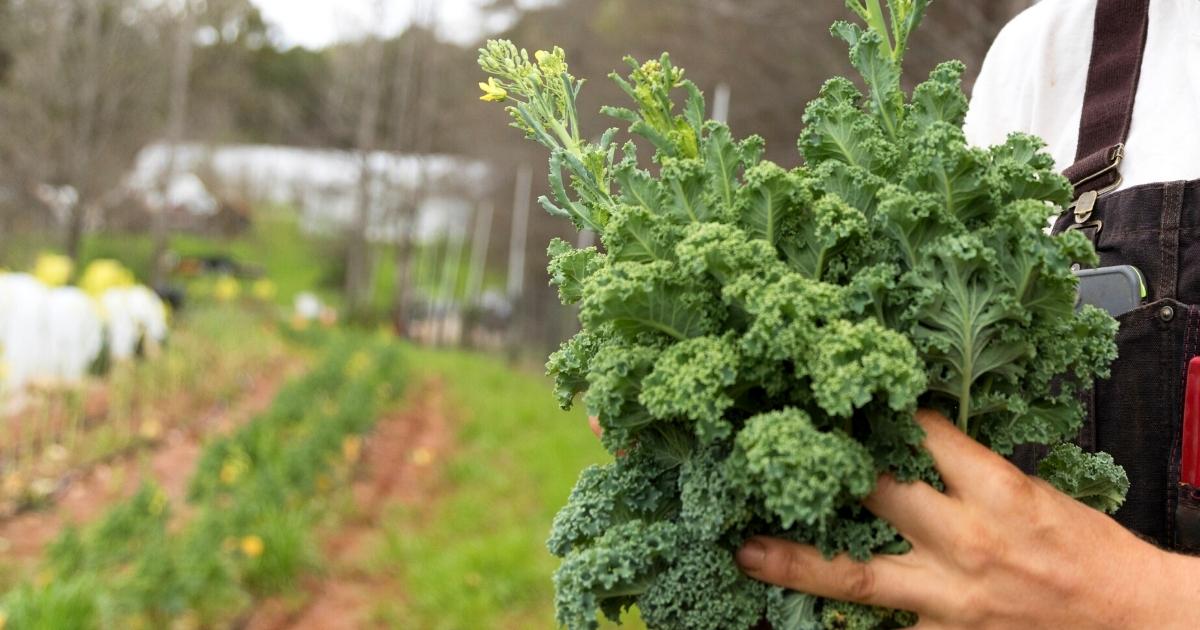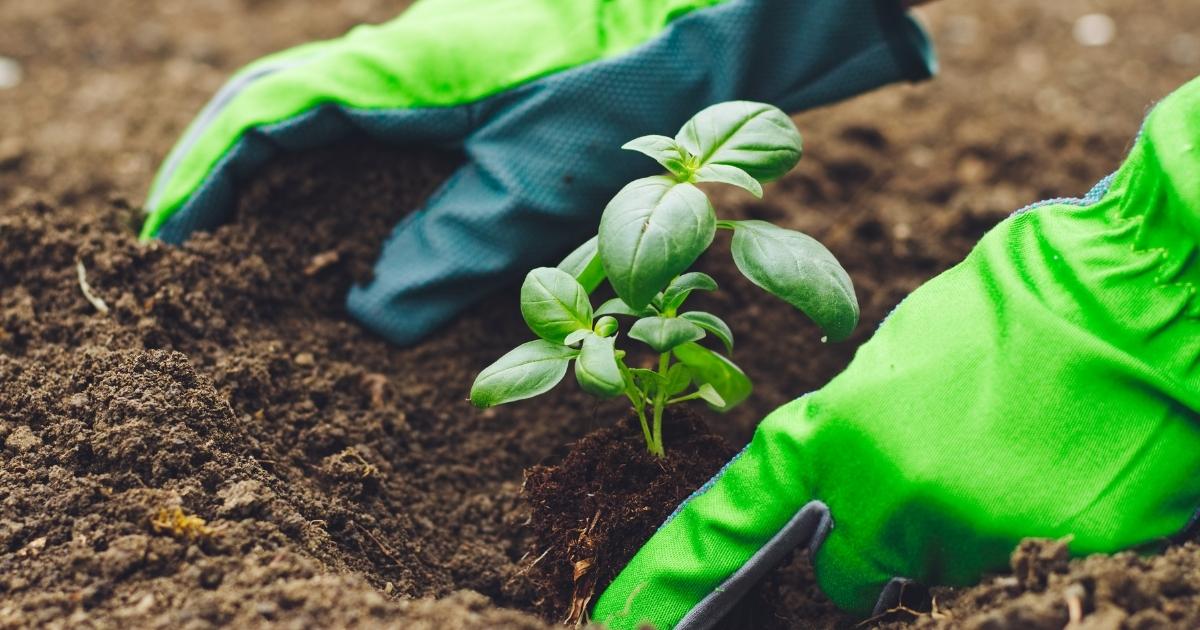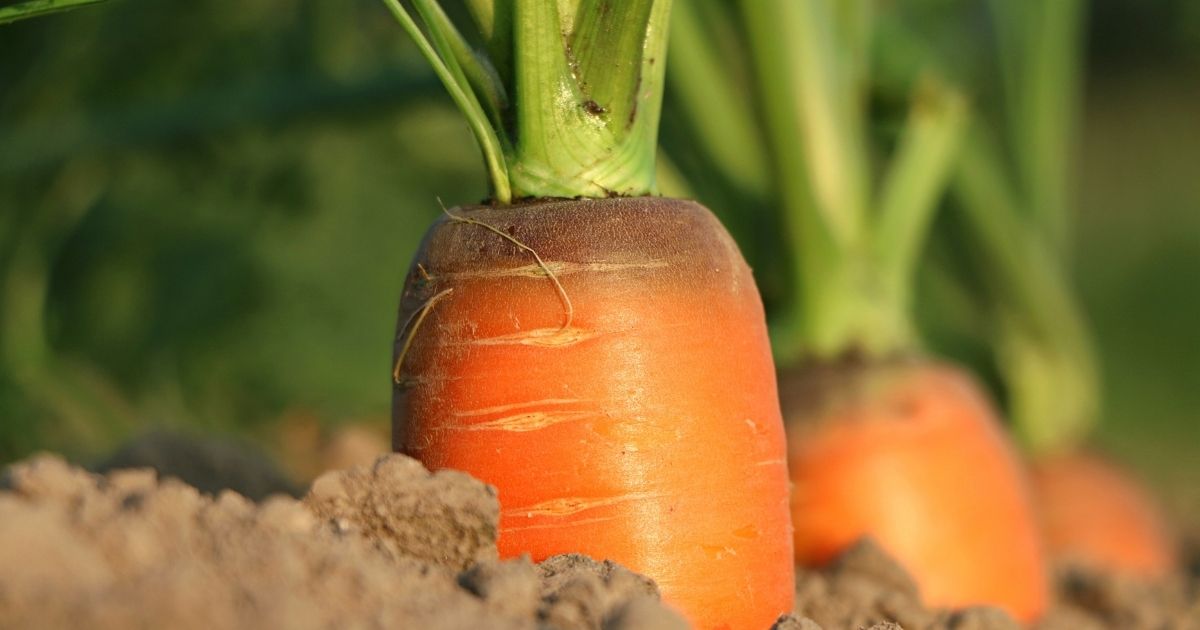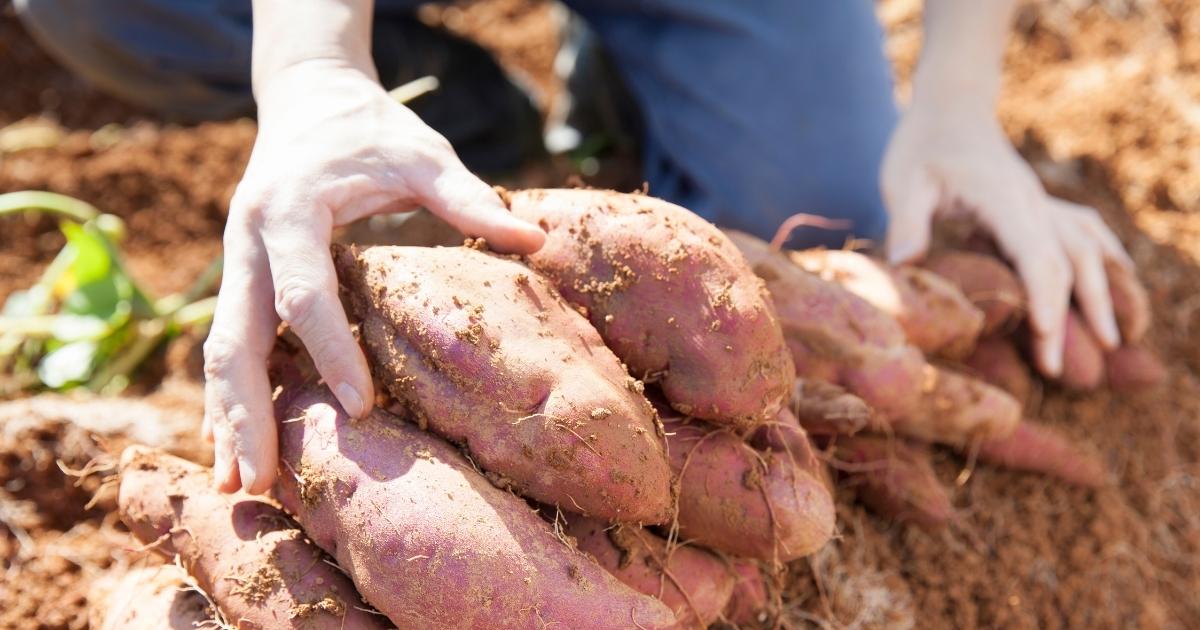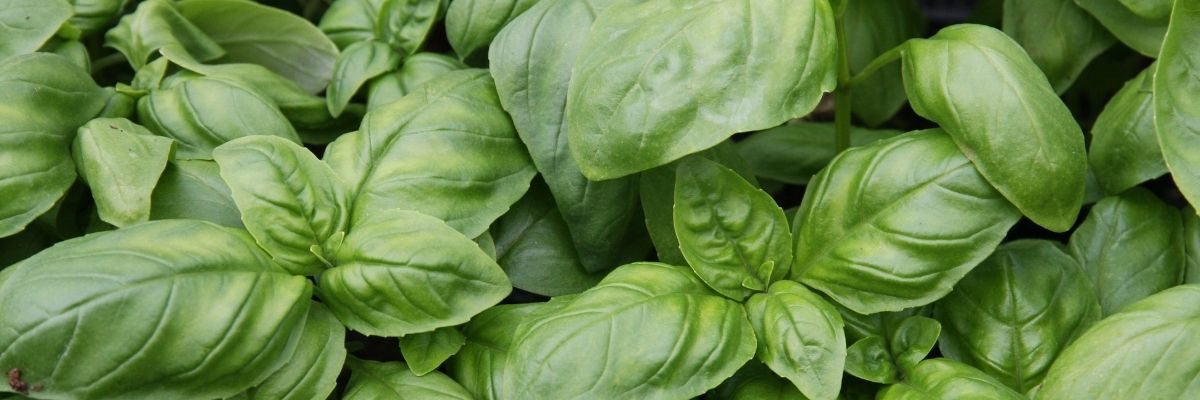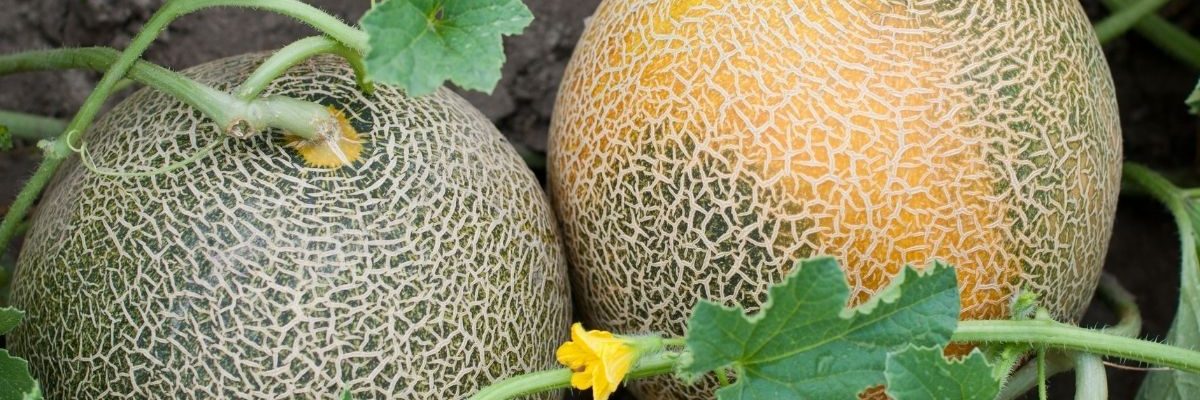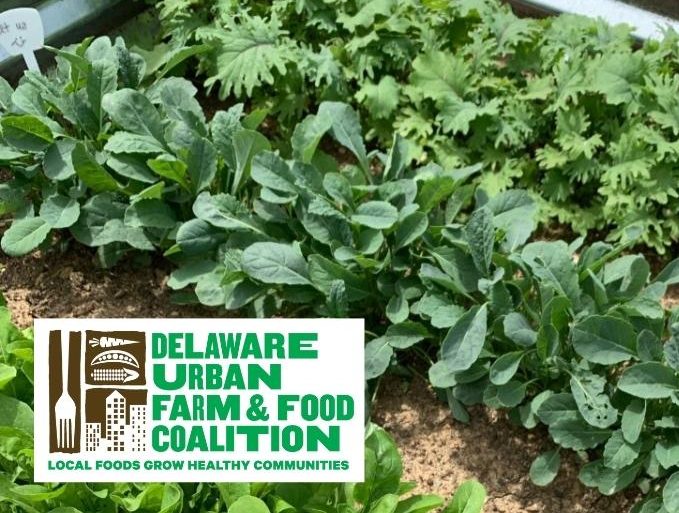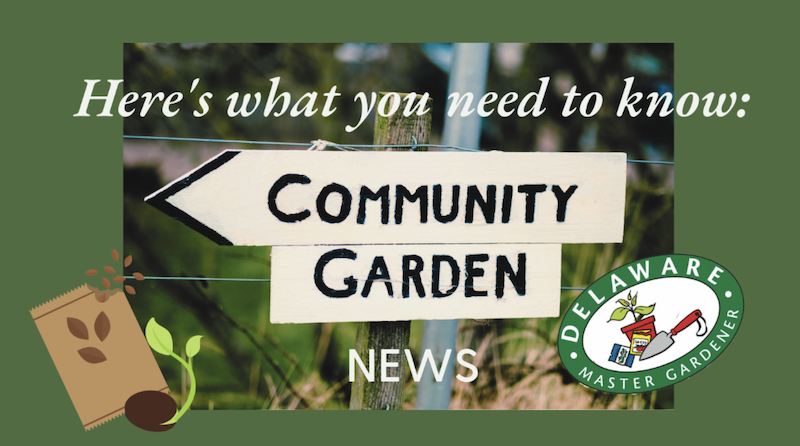
Grow Your Own Food
Grow Your Own Food
Growing your own vegetables, fruits and herbs is an excellent way to be active and eat healthy at home! UD Extension has the resources to help you get started with your own garden.
Learn how to grow your own...

Additional Resources
School and community garden resources
So You Want to Have a Community Garden?
Planning… the hard part
- Why? For fresh food, to bring the neighborhood together, exercise, education, safe activity, for individuals and families.
- Who? Will lead the effort, do the work, all year, even when it is hot and dry, or rainy.
- Where? Community space, safe soil, sun at least six hours a day, fencing, easy access.
- Soil: What was there before? Have it tested, be ready to add compost, minerals, or fertilizer. Decide on raised beds or in-ground.
- Water: Where will you get it and will you have to pay?
- Consider tools, storage, donations or grant funds to purchase the tools, water, seeds, plants and other items for your garden.
Planting, Growing, and Harvesting… the fun part!
Choose easy to grow vegetables and flowers to start with.
- Early planting (April- May) might include lettuce, spinach, arugula, radishes, beets, peas, collards, and chard from seeds.
- Warm weather planting (May-July) might include beans, cucumbers, and herbs, and tomato and pepper transplants.
- Fall planting (August to September) might include lettuce and kale.
- Add flowers like alyssum, nasturtium, marigolds, and sunflowers to attract bees, birds, and helpful insects. Plus they look and smell nice!
- Be sure to water, slow and deep, unless there has been at least 1”of rain/week.
- Check your plants daily for pests, insects or disease.
- Harvest, share, eat, enjoy!
A New Approach to Companion Planting:
Adding Diversity to your Community Garden
Why add diversity?
- Flowering plants attract and support natural enemies for pest control, and pollinators, like bees and butterflies.
- Aromatic or bushy plants can prevent pests from finding their host plants, and may produce toxins that repel pests.
- Native grasses can increase populations of ground-dwelling generalist predators, such as ground beetles and spiders.
How to add diversity
- Combine crop plants with other plants in the vegetable bed.
- Plant flowering native perennials that attract and support beneficial insects and that bloom at different times.
- Plant flowering shrubs and trees for more flower resources plus berries and habitat for birds.
Resources
- Xerces Society for Invertebrate Conservation's herbaceous/woody pollinator-friendly plants for the Mid-Atlantic Region.
- National Wildlife Federation's Native Plant Finder.
- Delaware Department of Agriculture's guide to planting for native bees in Delaware and guide to creating meadows friendly to pollinators.
- Delaware Nature Society lists resources for creating a certified wildlife habitat.
Steps to Planting a Container Salad Garden: “Lettuce” begin!
- Container: Must have holes for drainage; get creative and plant in containers of various shapes, sizes, and materials.
- Soil: Purchase a high-quality potting soil and fill your container to the brim. Do not compact! The potting soil will settle once the container is planted.
- Water: Keep soil moist but not WET! Rule of thumb is to water when soil is dry 1” down. Water at the base of the plants, slowly and deeply until you see water drain from the container.
- Fertilize: It can help but it is not necessary if you purchase a quality, nutrient-rich potting soil.
- Plan your container garden: Greens like lettuce, spinach, and Swiss chard prefer cool weather so we plant in spring and/or fall. Understand how your plants will grow- plant taller plants in the center of the container, and smaller plants on the edge of the container. Consider planting edible flowers. They look nice and can be eaten too! Cool season flowers include nasturtium and pansies.
Additional helpful tips!
- Do not plant until danger from frost has passed.
- At planting, moisten the soil but do not soak!
- If planting seeds read the directions on the packet to plant properly, and then watch for germination (typically 7-14 days). Keep moistened but not wet. After the seeds have germinated, don’t be afraid to “thin” your tiny plants as needed to make room for their growth!
- If planting transplants, space according to mature size and height (refer to the label that accompanied the plant when you purchased it). Transplants have developed root systems that sometimes need to be loosened, so gently tease the roots before planting. Be sure to water after planting, and when dry.
- Harvest your salad greens as needed and enjoy!
Community gardens grow community! These gardens are places where residents get together and build relationships with each other.
School and Community Garden Bulletins
Does your school have a garden or is your school thinking of adding one? The Delaware Master Gardeners are starting a Community Garden News bulletin. Register online to receive this email directly to your inbox! For more info on starting a garden at your school, please contact Carrie Murphy at cjmurphy@udel.edu.
Cooking and Canning
Watch and learn
Interested in harvesting and preparing your own vegetables? Check out the videos and information below for gardening tips and recipes!
A link to the Vegetable Gardening youtube playlist.: youtube.com/embed/videoseries?list=com.synechron.udel.models.functions.SubstrAfter
Vegetable Gardening
(Youtube playlist)
Information on vegetable gardening, accessible gardening, water management and more!
A link to the Produce of the Week youtube playlist.: youtube.com/embed/videoseries?list=com.synechron.udel.models.functions.SubstrAfter
Produce of the Week
(Youtube playlist)
Join us as we feature a local fruit/vegetable and share summer recipe ideas for you and your family!
A link to the Master Gardener Minute: youtube.com/embed/videoseries?list=com.synechron.udel.models.functions.SubstrAfter
Master Gardener Minute
(Youtube playlist)
Our volunteer Master Gardener experts are excited to produce these short, yet informative videos that share best practices!

